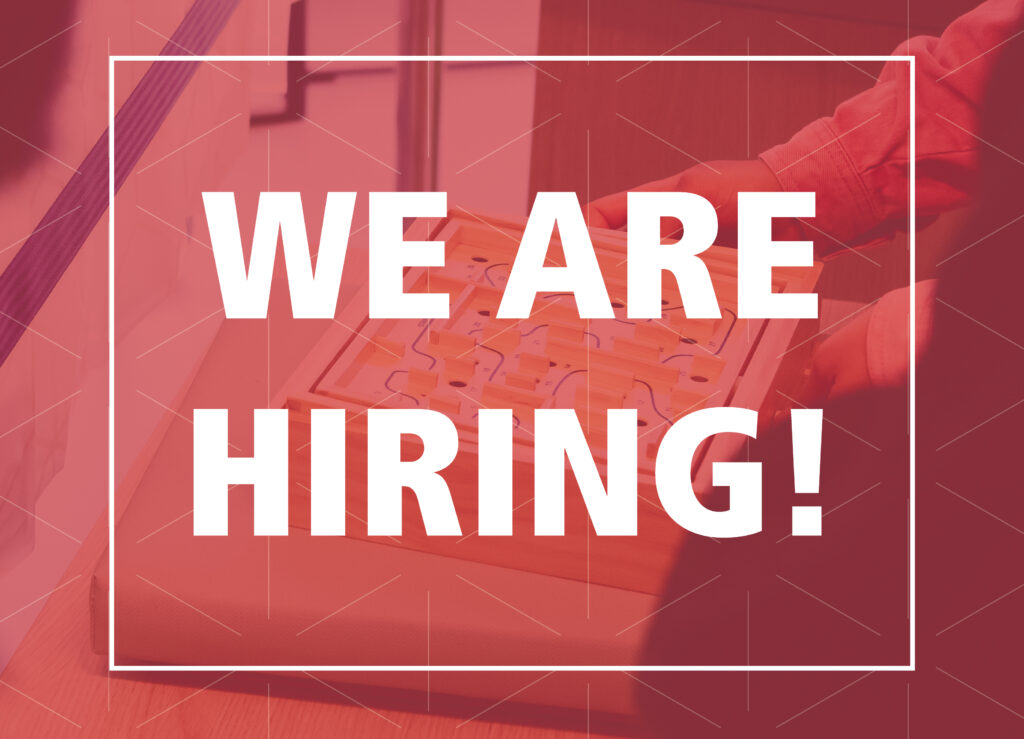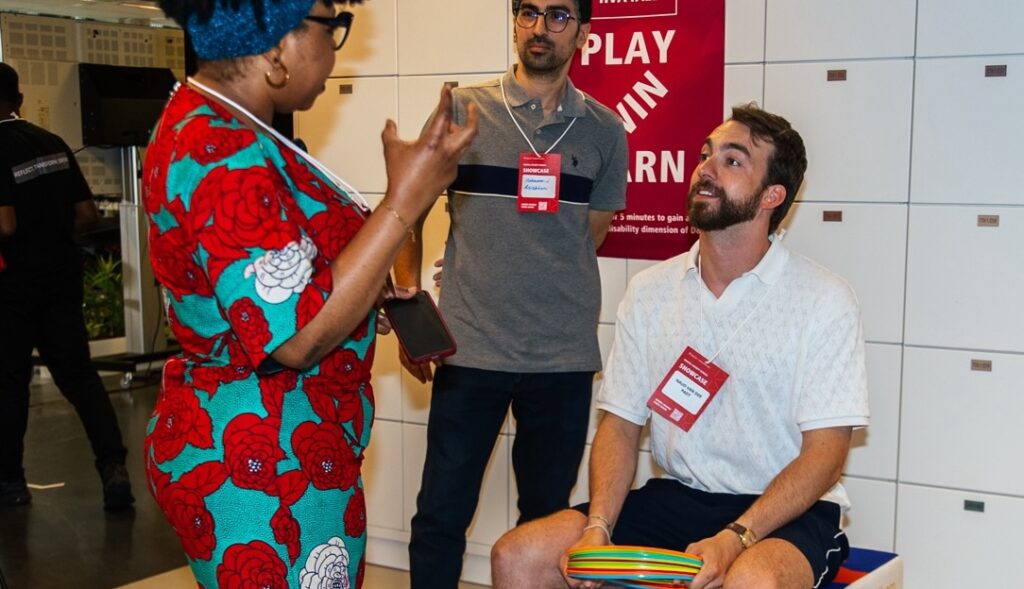Insight
Digital twins to support student journeys
Opening a conversation around digital twins to support student journeys
This is the first entry of a series of posts detailing the journey of the Brain Profile project part of the Digital Twin track at Digital Society School.
The challenge: creating a digital twin to support the student journey
Coming from different cultural and professional backgrounds, and most of us freshly landed in Amsterdam, we were confronted with a challenge by the Digital Society School’s Digital Twin track: our team has to design a digital solution to aid, both, HvA’s elite student athletes and students at HVA’s Academy of Physical Education (Alo) with their personal development and mental health using Digital Twin technology.
According to Malesse, Pasquale, and Riemma “a digital twin is a virtual representation of a physical product, asset, process, system, or service that allows us to understand, predict, and optimize their performance for better business outcomes”. Our task is, then, to create a virtual representation of the students/athletes (their mind, body, wellbeing, mental health) and/or of their progress through school.
This twin should combine and visualize multiple data sources, spanning from physical data gathered by wearable devices to mental-health and personal development/skills data collected through assessment games and skill-focused personality surveys. Our clients hope that by helping students to develop their skills and confidence, they would better guide them throughout their careers and decrease their respective programs’ dropout rates.
However, tackling this multifaceted challenge has proven to be no easy task. For starters, we hadn’t met our partners yet and more information from them and their programs was needed. So, before doing anything, we had to get the conversation with them flowing.
Maker’s sprint: developing a conversational object around emotions
The first day of the Maker’s Sprint (or sprint 0) was also the first time we got to work together. We were asked to quickly create a prototype or conversational object to show our partners the approach we would use to tackle our design problem. Even if constrained by time, we were able to speak our minds freely and share the impressions and expectations each of us had for this project.


After lots of brainstorming, our first prototype was a box containing different ways to visualize and determine emotions. Even if this conversational object was merely a sketch, we decided to focus the problem on the students’ emotional journey during a semester. So, we asked our peers at DSS to tell us how they get to know what they are feeling and how they think feedback of our feelings should be represented.
This brief survey let us know that people liked discovering patterns in their feelings, but also for them to be represented in a multi-sensory/media way and to have a way to share their feelings with a community.
The Box of Emotions: creating empathy between students and their support circle
Taking this feedback into consideration, during the following days we designed a board game using the Box of Emotions card set, which simulates a student’s journey along a semester at Alo. We wanted our partners to play this game and, by doing this, let them know how we interpreted their problem.


Our main goal was to create a context in which our partners would empathize with their students. We got to the conclusion that, regardless of the specific design decisions to be taken during this project, our main objective is to create channels of communication between students and school: to get to know their emotional and academic states so counselors and coaches can better advise them on their careers. To do this, we focused on the difficulties of knowing someone else’s emotions or even your own. The Box of Emotions was a great starting point to design this game as these cards allow the user to reflect on emotions as well as expand their vocabulary on them.
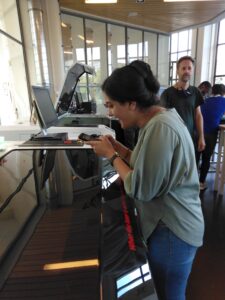
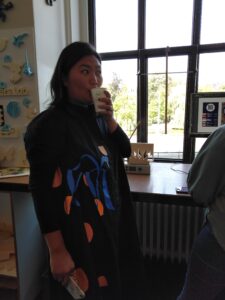
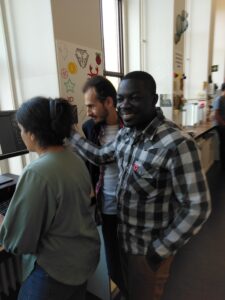
The game also wanted to make the point that emotions are not straightforward. They depend on many different factors, thus, making them difficult to determine and even more to track through time. Our approach, at least for the moment, is to give tools to counselors, coaches, and students to reflect and better communicate between each other. Both clients were intrigued by the game, but above all, we were able to know that their final goals were aligned with ours.

The Maker’s Sprint allowed us to know each other’s strengths and interests, as well as to start a conversation with our clients and define the scope of our project. Furthermore, we were able to come up with a general approach to our design challenge -creating communication channels-, as well as a set of concepts (such as gamification, multi sensoriality, self-reflection, pattern recognition, community building, and student journey) that might serve as guidelines for our future explorations in the next sprints. Finally, we are keen on exploring this approach and guidelines using Digital Twin technologies and, hopefully expanding on the concept and uses of this still incipient tech.
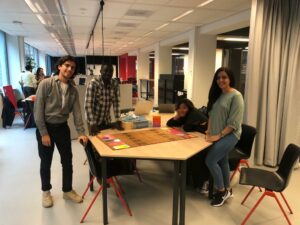
About us:
- Nikta: Tech-savvy product manager interested in human-centered design and innovative high-tech start ups.
- Reza: A solution architect.
- Jin: New media student who is in media art, music culture, and every creative industries.
- Kofi: Geological Engineer and data enthusiast, focused on geological data analysis and map generation.
- Jordi: Researcher on philosophy, internet culture, and new media.
Coach: Mariana Pinheiro
